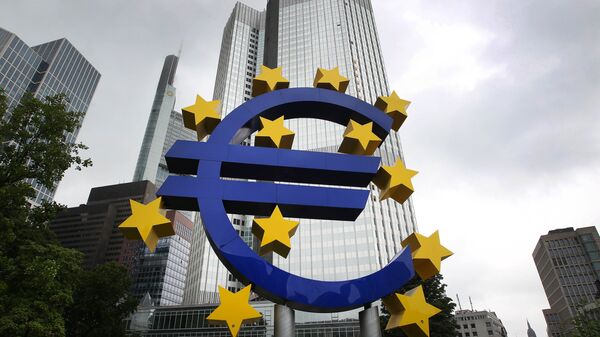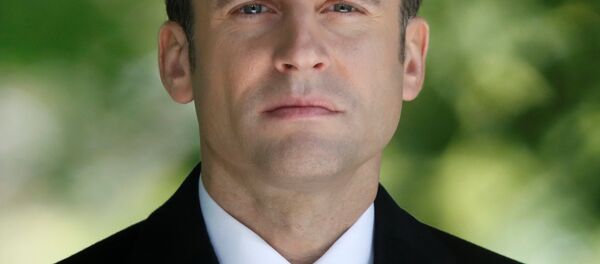Yet, in the current circumstances, the unconventional monetary policies have been hurting the Eurozone economy, stirring fears of asset bubbles and exposing the most acute shortcomings of the centralise planning.
The ECB’s base interest rates are currently zero, and deposit rates are negative, with fixed rate standing at —0.40 percent, and the minimum bid rate (variable) at 0.00 percent, while the central bank marginal lending facility is currently 0.25 percent. In addition, the ECB’s expanded asset purchasing programme (APP) stands at monthly purchases of 60 bln euros worth of assets, with total ECB holdings on the regulator’s balance sheet standing at almost 1.9 trln euros.
During the years succeeding the European debt crisis of the early 2010s, these unconventional monetary policies have allowed the Eurozone economy to dodge an across-the-board recession, lift the value of European financial and physical assets, and support lending and broader business and economic activity. Now, however, as the Eurozone economy is gaining momentum, and inflation creeping closer to the ECB 2-percent target, the regulator is considering removing its monetary accommodation.
"The ECB’s biggest challenge is that the outlook for inflation remains very unclear. They had put a lot of emphasis recently on the fact that, despite a recovery in the labour market, wage growth has been disappointing," Marchel Alexandrovich of London-based global investment banking enterprise, Jefferies, said. "This means that even in September they may not be in a position to offer a clear roadmap for how quickly the stimulus will be scaled down next year."
Second, the ECB’s presence in the Eurozone’s economy is excessive – the regulator directly controls too many assets by having those in its holdings. Such a situation undermines the market economy competitiveness, hampering labour productivity and the efficiency of the productive forces.
Third, the recent economic acceleration in the Eurozone, coupled with ZIRP and NIRP regimes, stirs risks of asset bubbles, or overpricing of certain assets due to high demand. Asset bubbles bring the perspective of a systemic crash closer.
Subsequently, the ECB has to consider a soon normalisation in its monetary policies. The ECB will, however, be very cautious in its statements, and the pace of monetary tightening is likely to be very gradual, much more dovish than that of the US Fed following the election of Donald Trump. The main reason for the ECB’s lack of flexibility is the absence of a coordinated fiscal policy within the Eurozone, meaning the removal of monetary accommodation would require proportional fiscal measures from each individual member of the 19-country bloc.
"We expect Draghi to refer to the need for 'patience' and 'prudence' as well as the need for 'persistent' monetary policy support in a bid to signal that normalisation will be gradual," Ben May of Oxford Economics said. The ECB, he added, "is unlikely to provide any firm guidance" on the scale and pace of asset purchases in 2018.
Eurozone economic growth has accelerated to 0.6 percent quarter-on-quarter in 1Q17 (1.9 percent year-on-year), which is above the 0.37 percent average quarterly growth in the past 22 years. Eurozone inflation, however, after hitting the ECB target of 2 percent in January, has eased to 1.3 percent in June, stirring concerns of insufficient price pressures, along with wage stagnation concerns, exacerbated by the Brexit challenges to domestic investment.
All these considerations will render the ECB extremely dovish, exposing the Eurozone economy to the existing and emerging risks of unconventional monetary policies coupled with a more buoyant growth. Subsequently, the ECB’s inability to adjust policy appropriately might bring national central banks into the spotlight next year, further deepening the cracks in the unity of the European integration project.




